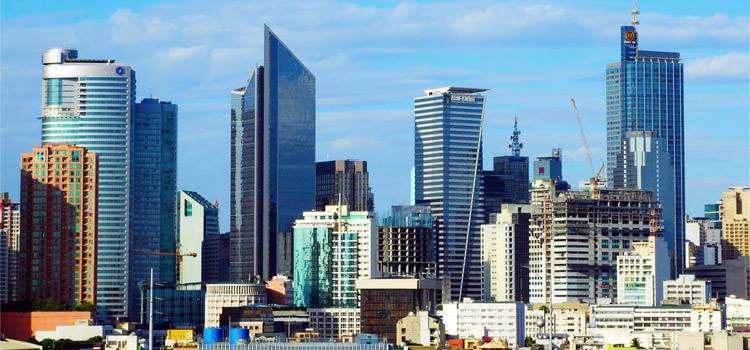
Reading Time: minutes
- Grade A buildings are top of the line. They are often the location of the most sought-after office spaces or residential areas. Grade A buildings are typically brand new or if not, have gone through some type of redevelopment process. Major cities such as Makati, Ortigas and Taguig feature a slew of Grade A buildings as there is a high demand for them in the aforementioned prime locations. Some of the most common occupants of Grade A buildings include but are not limited to: banking institutions, law firms, investment firms, and the like as they need to showcase or portray an image of financial success. In Grade A buildings, there is no shortage of brass fixtures, glass fixtures, and impressive lobbies.
- Grade B buildings fall somewhat below the rank of Grade A buildings. In comparison to Grade A buildings, grade B buildings are secondary when it comes to their location, maintenance and facilities. Most companies make their home in Grade B buildings due to more cost-effective rent rates and higher supply and availability. While the materials used to construct Grade B buildings may not be as high quality as those used in Grade A buildings, they remain functional. Grade B buildings are also well-maintained and provide adequate facilities.

